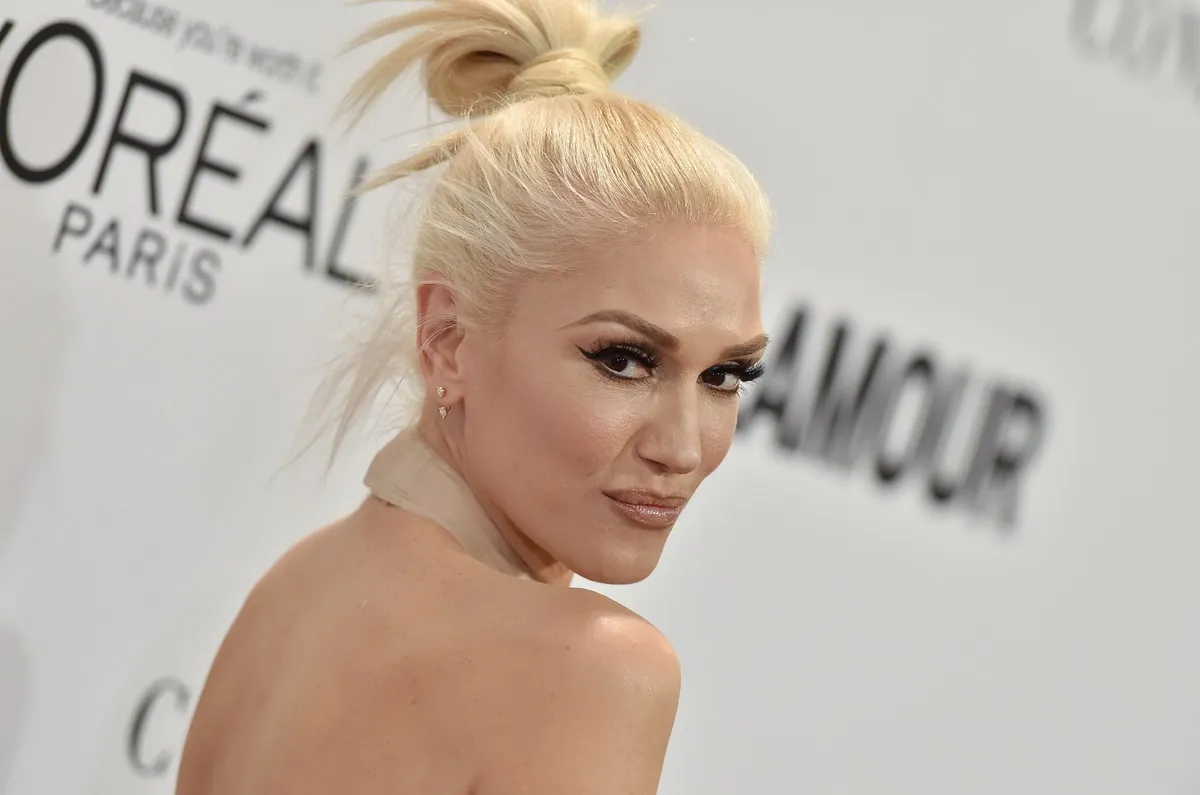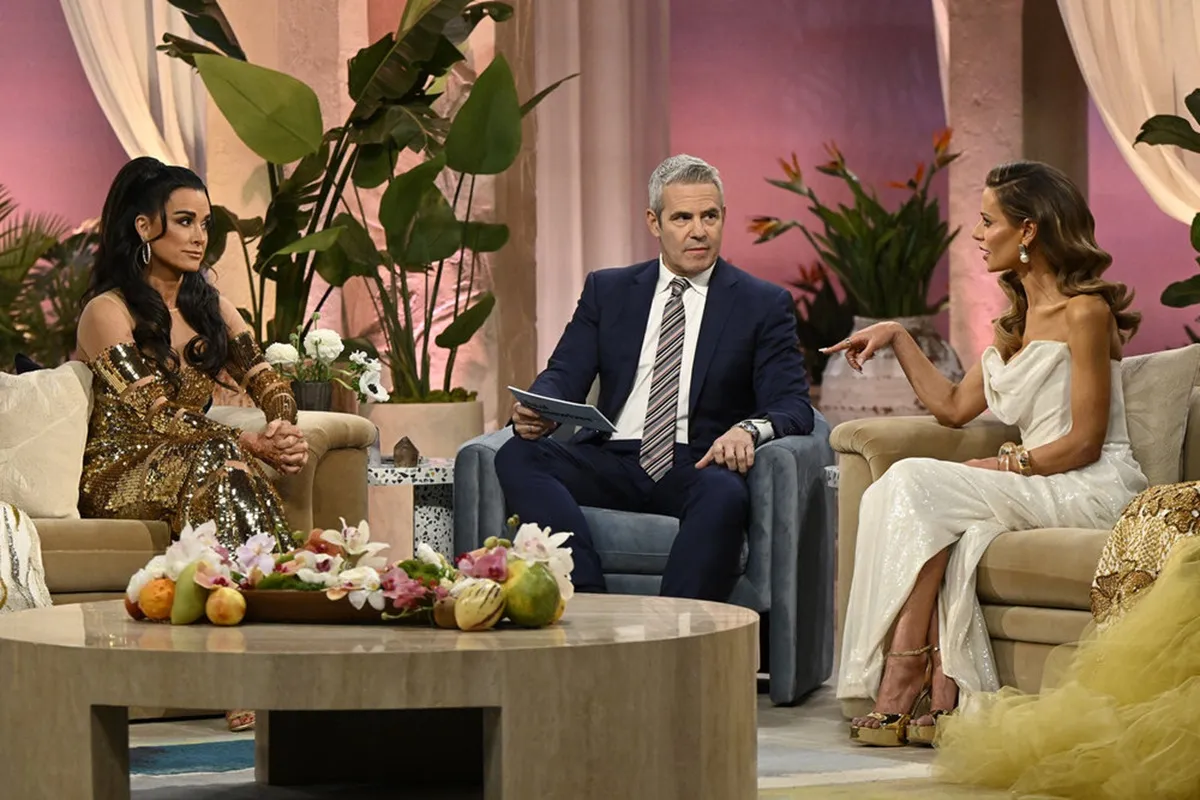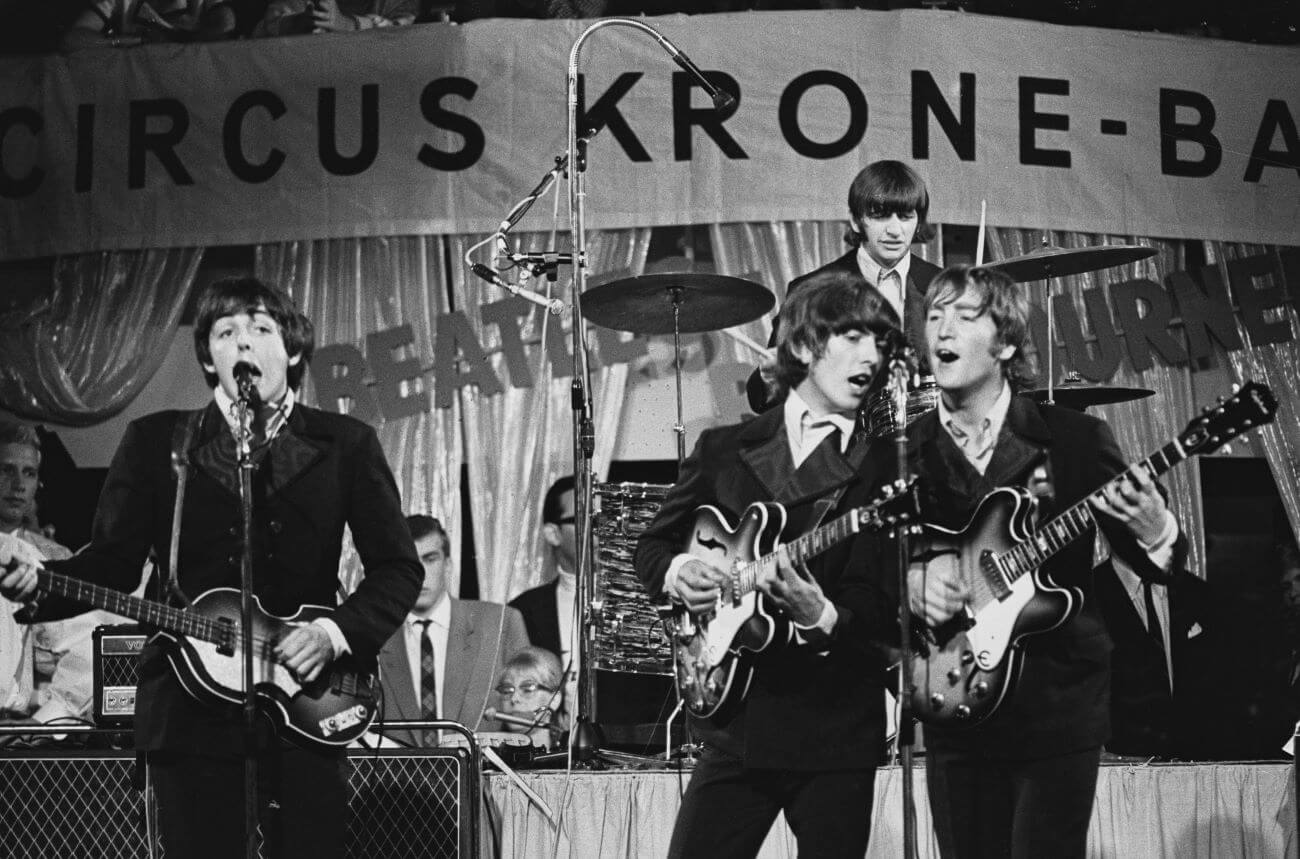
Paul McCartney Said the ‘Worst Gig’ The Beatles Ever Played Was 1 of Their Last
By the time The Beatles began their 1966 tour of the United States, all but Paul McCartney had tired of touring. McCartney continued pushing them to tour, believing it made them stronger musicians. After a miserable show in St. Louis, though, even McCartney admitted that they had to stop. Here’s what made him realize that the band needed to end live performances.

Paul McCartney described the worst concert The Beatles ever played
The Beatles missed their first-ever concert because of rainy weather at a Cincinnati show. After playing a make-up show the following day, they flew to St. Louis for a concert at an open-air venue. Unfortunately, the rainy weather didn’t make this easy.
“Open-air concerts in the States were terrible,” Beatles road manager Mal Evans said in The Beatles Anthology. “When it looked like rain in the open air, I used to be scared stiff. Rain on the wires and everybody would have been blown up, yet if they’d stopped the show, the kids would have stampeded.”
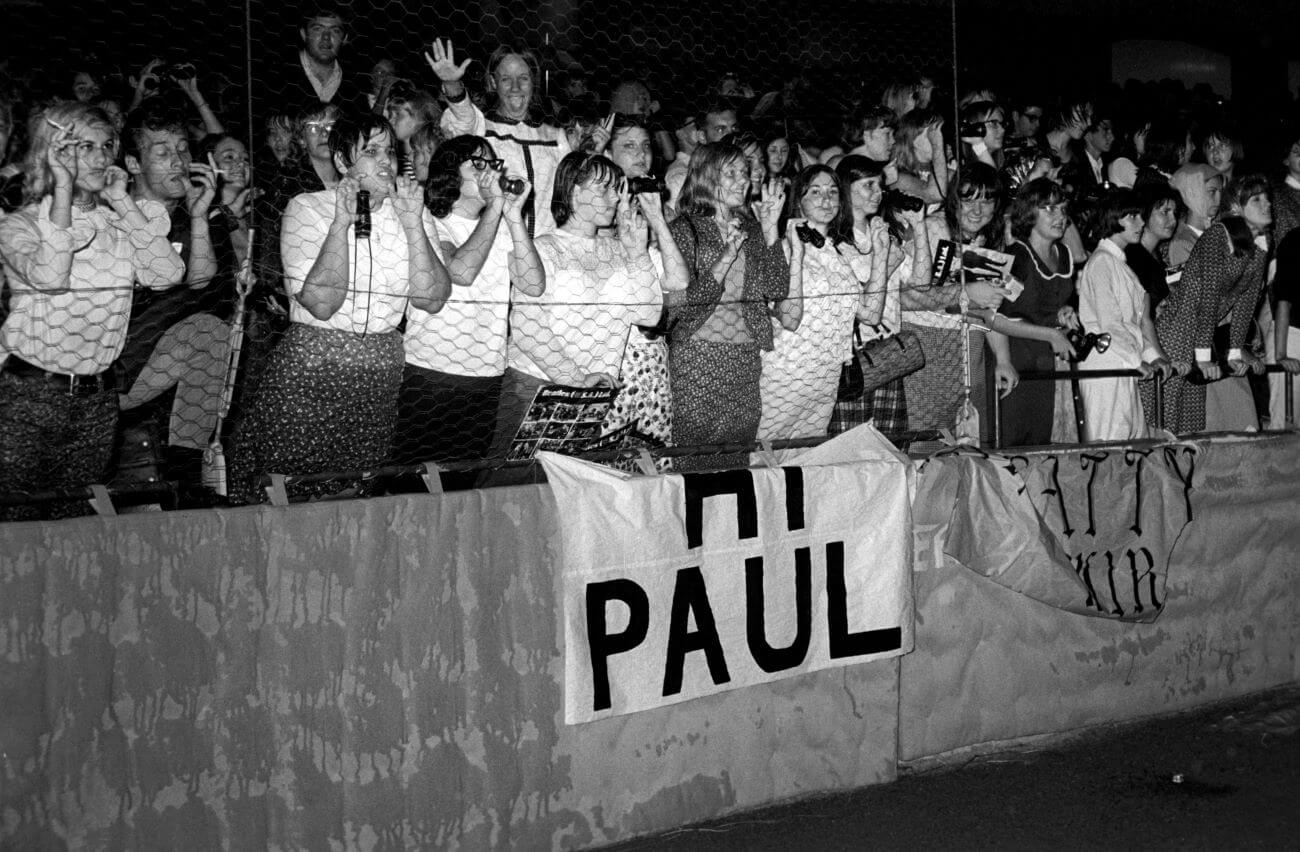
They went on with the show in St. Louis, but they were unhappy with it.
“[I]t rained quite heavily, and they put bits of corrugated iron over the stage, so it felt like the worst little gig we’d ever played at even before we’d started as a band,” McCartney said. “We were having to worry about the rain getting in the amps and this took us back to the Cavern days — it was worse than those early days. And I don’t think the house was full.”
Sparks flew from the stage, but the show’s aftermath was worse for McCartney. Their getaway car was a van.
“After the gig, I remember us getting in a big empty steel-lined wagon, like a removal van,” McCartney said. “There was no furniture in there – nothing. We were sliding around trying to hold on to something, and at that moment everyone said, ‘Oh, this bloody touring lark – I’ve had it up to here, man.’ I finally agreed. I’d been trying to say, ‘Ah, touring’s good and it keeps us sharp. We need touring, and musicians need to play. Keep music live.’ I had held on to that attitude when there were doubts, but finally I agreed with them.”
They had several other miserable concerts
This was by no means the band’s worst performance, though. They played a show after Ringo Starr received death threats, leaving him terrified someone would try to hurt him during the show. At another show, a fan threw a firecracker on stage, and they believed someone had made an assassination attempt.
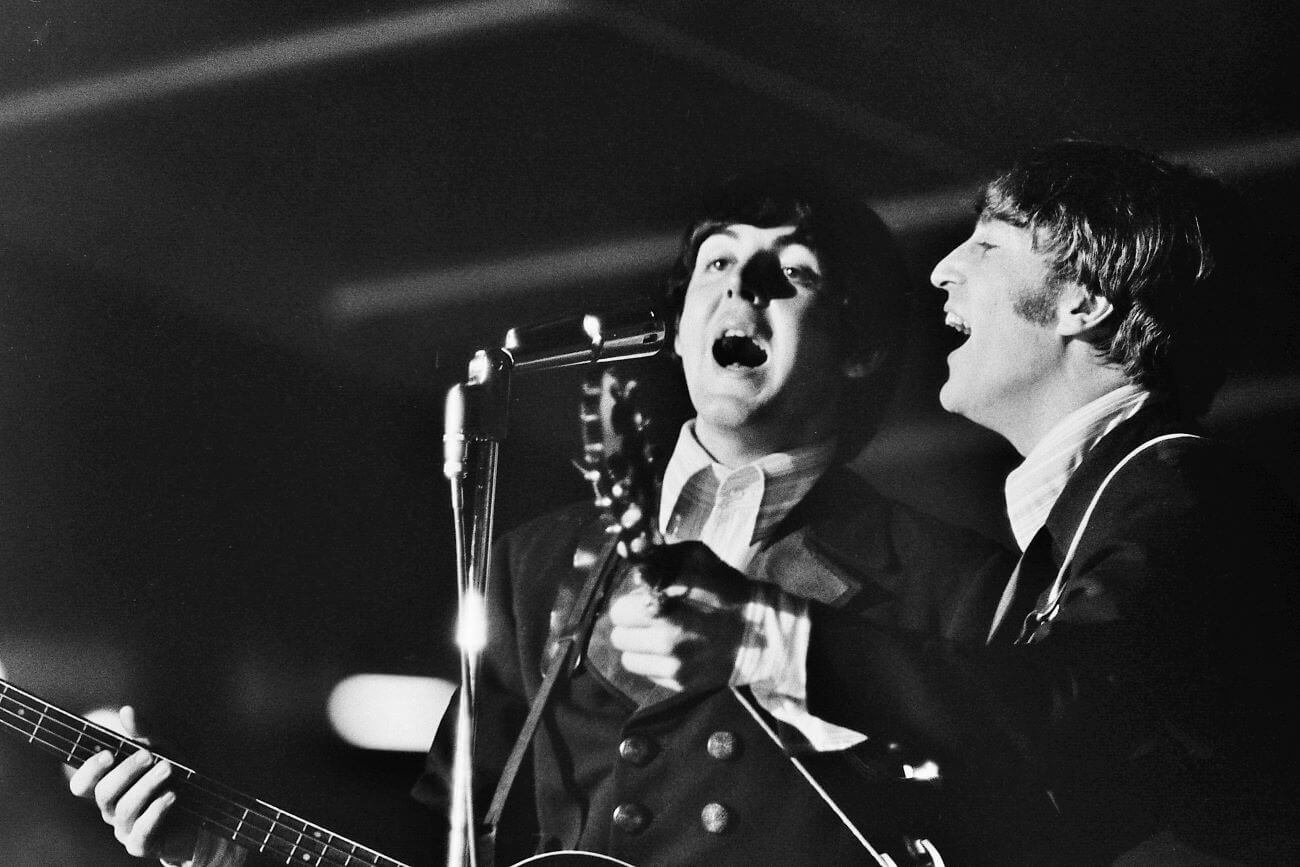
“One night on a show in the South somewhere [Memphis] somebody let off a firecracker while we were on stage,” John Lennon said. “There had been threats to shoot us, the Klan were burning Beatle records outside and a lot of the crew-cut kids were joining in with them. Somebody let off a firecracker and every one of us — I think it’s on film — look at each other, because each thought it was the other that had been shot. It was that bad.”
While the show in St. Louis was particularly unpleasant, the accumulation of chaotic concerts meant they were very ready for a break.
The Beatles played their final show in San Francisco
After the show in St. Louis, the band decided to play their final show at Candlestick Park in San Francisco. McCartney asked press officer Tony Barrow to record the concert, and they photographed themselves afterward.
“We placed our cameras on the amplifiers and put them on a timer,” George Harrison said, via Rolling Stone, adding, “We stopped between tunes, Ringo got down off the drums, and we stood facing the amplifiers with our back to the audience and took photographs. We knew: ‘This is it – we’re not going to do this again. This is the last concert.’ It was a unanimous decision.”
